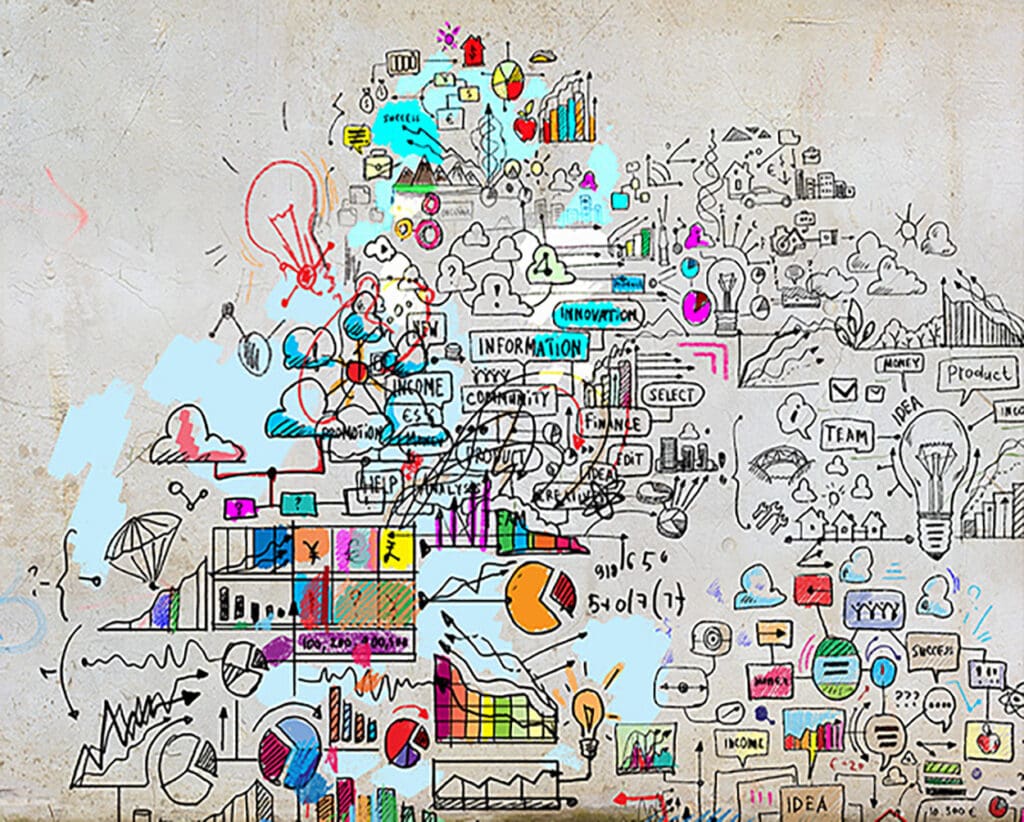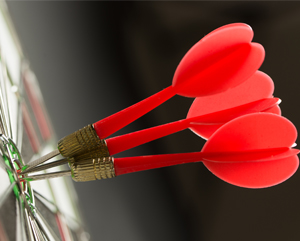Can hashtags still make or break a marketing campaign?
We’ve all been using hashtags for years now, and at our marketing agency we think the # is still a powerful way of driving engagement with relevant audiences and quickly categorising content. But are we using them in the most effective way?First used on Twitter in 2007 to engage specific target audiences, now almost every social media platform – Facebook, Instagram and TikTok – uses them. Digital marketing strategies are built around the use of intuitive hashtags to drive traffic to content and drive sales, or more organically, to engage a target audience which in turn boost likes, views, shares, and ultimately brand reputation.Despite their prevalence, many marketers and businesses may not be using hashtags in a way that optimises their marketing campaigns. So, let’s go back to basics…
Why are hashtags important to marketers?
No matter whether your brand is small, medium, or large, a successful hashtag campaign can:
- Increase the visibility of content
- Boost engagement with followers and likes, shares, comments and followers
- Create brand awareness
- Make it easier to track content
- Help launch a product
How to use them on social media
A common mistake is creating a hashtag that is too generalised or complicated. When using them in your social campaigns, use precise hashtags which will be easily found, like #UEFAresults rather than #results.Research is key. Dig down into what keywords influencers in the target market are using. These keywords and recurring phrases can inspire hashtags – and of course, content themes. For longer-term campaigns or content, keep listening to your target audience as trends frequently change.
Top tips
- Keep hashtags short and memorable, rather than using a lot of words in one tag
- Use hashtags sparingly. Recommended numbers per post varies by social platform, but 1 to 3 hashtags will have much more impact than 7 or 10
- Use branded hashtags, including your brand name, strapline, campaign slogan, specific products or service as organic shares of your posts will grow awareness
- Monitor what your followers and your competitors are doing by following hashtags
- Join relevant, trending or topical conversations by using popular hashtags in your content
When hashtags worked well
- #BlackOutTuesday as part of the Black Lives Matter movement in America in 2020
- #ShareACoke for Coca-Cola’s ‘sharing’ campaign with personalised coke bottles
- Audi’s #WantAnR8 originated from a single Twitter user including #WantAnR8 in her tweet about how much she wanted to drive an Audi R8. The brand surprised her by letting her drive an R8 for the day and used the hashtag to promote the launch of their new car.
When they don’t work so well
- #McDStories started as a way for McDonalds’ employees to re-live their good memories of working there. However, it quickly backfired as people started to predominantly post about their bad experiences in a very public space
- Burger King’s #WTFF was meant to mean “What the French fry”, but was interpreted as the well-known profanity.
As these examples suggest, hashtags are open to consumer interpretation and can take on a life of their own. There are helpful tools that marketers and marketing agencies can use to make them more successful:
- BuzzSumo is a good tool for identifying top influencers within a target market and the hashtags that they are using
- RiteTag offers real time suggestions, and me identifies the popularity of trends
- The Digital Marketing Institute has put together a really helpful guide about the 5 best ways to research keywords.
Of course, the ThinkOTB team are always here to talk through the best ways to use hashtags in your brand marketing or marketing campaign, just get in touch.




